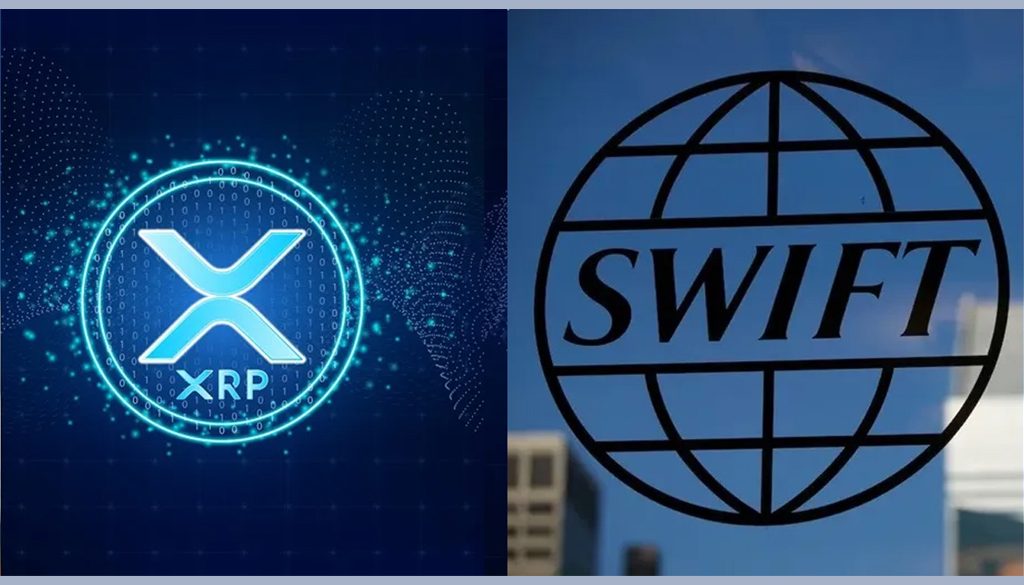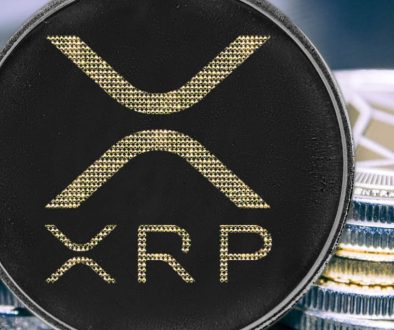XRP Outpaces SWIFT for Cross-Border Payments
For decades, the traditional SWIFT network has been the backbone of international wire transfers, linking banks across the globe. But as technology advances and customer expectations grow, SWIFT’s limitations have become glaringly obvious. Enter XRP, the digital asset designed by Ripple Labs, which is rapidly positioning itself as the superior alternative for cross-border transactions.
In this post, we’ll break down why XRP is better suited for global payments than SWIFT, with a special focus on the dramatic difference in transaction speed—and why that matters now more than ever.
The Problem with SWIFT: Slow, Expensive, and Opaque
First, let’s talk about the elephant in the room: SWIFT is slow. While the SWIFT system itself doesn’t move money (it sends payment instructions between banks), the full process of a cross-border transfer can take anywhere from 1 to 5 business days. Delays are common due to time zone differences, banking holidays, intermediary banks (correspondent banking networks), and compliance checks.
SWIFT transfers also suffer from:
- High Costs: Fees are stacked at multiple points—sending bank, intermediary banks, and receiving bank.
- Lack of Transparency: Customers often don’t know when their funds will arrive or what the final cost will be after conversion rates and fees.
- Settlement Risk: With multiple intermediaries involved, the risk of errors, lost payments, or compliance issues increases.
In short, SWIFT is a 50-year-old solution in a world that demands real-time, low-cost, transparent transactions.
XRP: A New Era of Instant Global Payments
XRP was built with exactly these shortcomings in mind. Ripple’s goal is to enable instant, reliable, and low-cost international payments. Here’s where XRP really shines:
1. Speed: XRP Settles in Seconds
This is the game-changer: XRP transactions settle in about 3–5 seconds. Not hours. Not days. Seconds.
Compared to the 1–5 business days typical with SWIFT, XRP’s speed is revolutionary. Whether you’re sending $100 to a friend overseas or a corporation transferring $10 million, the transaction is finalized and fully settled almost instantly.
This level of speed:
Frees up working capital
Reduces business risks related to currency fluctuations
Makes global commerce more agile
Imagine businesses no longer needing to “float” money for days while waiting for international payments to clear. That’s a profound shift.
2. Cost Efficiency
While SWIFT payments involve multiple intermediaries, each charging fees along the way, XRP transactions cut out the middlemen. Instead of multiple banks taking a slice of the pie, XRP transfers occur directly between parties over RippleNet or even independently on the XRP Ledger.
Transaction costs on the XRP network are fractions of a penny. That’s compared to $30–$50 or more for a single international SWIFT wire.
Over time, this isn’t just saving individuals money—it’s transforming the economics of global trade.
3. Transparency and Traceability
Another pain point with SWIFT: you often don’t know where your money is once it’s been sent. It could be held up at an intermediary bank. It could be flagged for additional compliance checks. It could just be… lost in translation.
XRP offers full transparency. Transactions are recorded immutably on the public XRP Ledger, allowing users to track payment status in real-time.
This increased visibility means fewer disputes, faster reconciliation, and more confidence for businesses and individuals alike.
4. Liquidity On-Demand
Ripple has also introduced a service called On-Demand Liquidity (ODL) which uses XRP as a bridge currency. Instead of pre-funding accounts in different countries (which ties up capital), banks and payment providers can access liquidity instantly via XRP.
This means businesses don’t have to lock money away across multiple countries just to keep operations running. Funds can be used more strategically, unlocking a major advantage, especially for small to medium enterprises (SMEs).
The Real-World Impact
So what does this look like in practice?
Remittances: Workers sending money home to their families can now ensure that their loved ones receive funds instantly, rather than waiting days and losing a chunk of their hard-earned money to fees.
International Trade: Companies can pay suppliers across the world in seconds, improving relationships, optimizing cash flow, and reducing reliance on credit.
Banking and Financial Services: Banks can offer enhanced services to customers, stay competitive in a rapidly evolving financial landscape, and open new revenue streams without overhauling their entire infrastructure.
Already, major financial institutions like Santander, SBI Holdings, and PNC have started integrating Ripple’s technology into their operations. As adoption grows, the gap between XRP and SWIFT will only widen.
Can SWIFT Catch Up?
To be fair, SWIFT has recognized the threat and is rolling out initiatives like SWIFT gpi (Global Payments Innovation), which speeds up transfers and offers better tracking. However, even with gpi improvements, settlement can still take hours or a full day—far slower than XRP’s few seconds.
Moreover, SWIFT is still fundamentally dependent on the legacy correspondent banking model. XRP, by contrast, is built for the modern internet-native economy—fast, scalable, borderless.
The competition isn’t just about being “good enough” anymore; it’s about redefining what’s possible in global payments.
Conclusion: XRP Is the Future of Cross-Border Payments
In a world increasingly shaped by globalization, instant communication, and digital finance, waiting days for money to move is no longer acceptable. XRP offers a faster, cheaper, and more transparent alternative to SWIFT.
While SWIFT has history and massive network effects on its side, XRP’s technological edge—especially in transaction speed—is simply too big to ignore. Whether you’re a multinational corporation or a solo entrepreneur, the future of cross-border payments is measured in seconds, not days.
And that future is being built with XRP.

